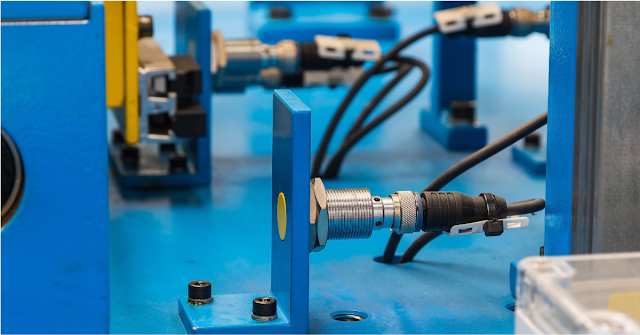In the world of Electrical, Instrumentation, Control, and Automation (EICA), unexpected failures can lead to costly downtime, production losses, and safety hazards. Implementing effective preventive maintenance can help minimize down time and optimize system performance.
1. Implement a Preventive Maintenance Approach
- Use thermal imaging, vibration analysis, and motor condition monitoring to detect early signs of equipment failure.
- Leverage IoT sensors and SCADA systems to track real-time equipment health.
- Schedule maintenance based on actual equipment conditions rather than fixed intervals.
Example: Using infrared thermography to detect overheating in electrical panels before a major failure occurs.
2. Standardize Inspection & Maintenance Checklists
- Create detailed checklists for routine inspections of PLCs, motors, HMIs, and electrical panels.
- Ensure maintenance teams document findings and act on early warning signs.
- Perform daily, weekly, and monthly inspections based on system criticality.
Example: A weekly checklist for motor maintenance could include insulation resistance testing, bearing lubrication, and fan cooling checks.
3. Train & Up-skill the Maintenance Team
- Provide PLC troubleshooting, industrial networking, and instrumentation training to technicians.
- Encourage cross-functional learning to improve problem-solving efficiency.
- Regularly update staff on new automation technologies and best practices.
Example: A technician trained in PLC ladder logic troubleshooting can quickly resolv machine stoppages instead of waiting for an engineer.
4. Establish a Spare Parts & Redundancy Strategy
- Maintain critical spare parts inventory for frequently failing components (e.g., relays, contactors, sensors).
- Ensure redundant systems are in place for mission-critical machinery.
- Regularly review supplier lead times and ensure key parts are always stocked.
Example: Keeping spare VFDs on-site can prevent long production downtimes in case of a sudden drive failure.
Conclusion
Preventive maintenance is not just about fixing things before they break—it’s about improving efficiency, extending equipment lifespan, and minimizing unexpected failures.







0 Comments